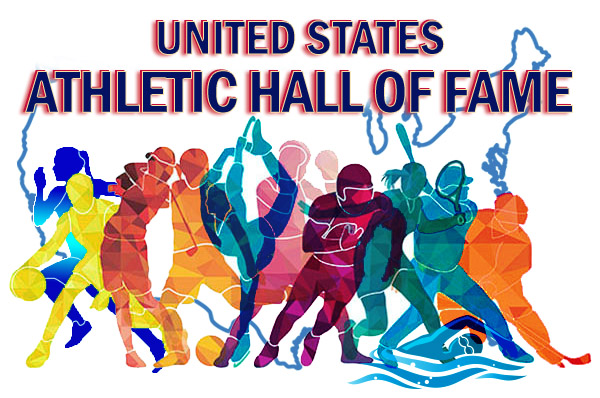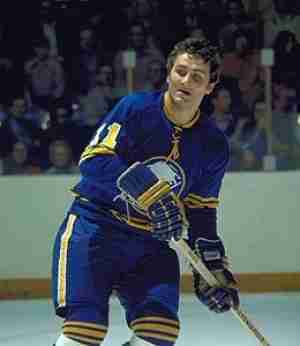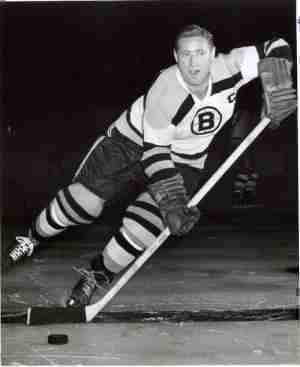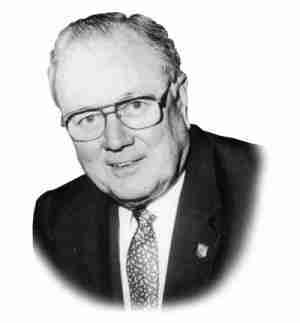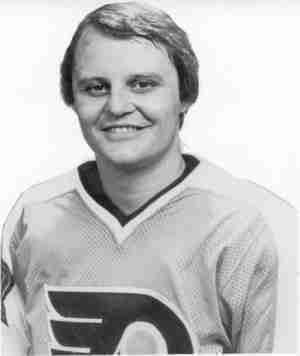Site Admin
Gilbert Perreault
Dec 23, 2014
Published in
1990 Hockey Inductees
Arguable the greatest Buffalo Sabre in that franchise’s history, Gilbert Perreault still holds many records for that team. He played his entire professional career in Western New York, and was the leader of its most famous hockey line, The French Connection, that also had Rick Martin and Rene Robert. He dazzled the Buffalo faithful with his offensive skills and brought excitement to the team. Perreault would crack the top ten in scoring five times and finished his career over 1,300 points. Although, he did not win the Stanley Cup in Buffalo, he did take the Sabres to the 1975 Finals and was the major reason for the success that Buffalo had through the 1970’s. Gilbert Perreault remains in high regard in Buffalo and entered the Hockey Hall of Fame in his first year of eligibility.
Fernie Flaman
Dec 23, 2014
Published in
1990 Hockey Inductees
This is actually the first Veteran Category induction we like. Fern Flaman was a rough and tumble Defenceman with hard hitting acumen that made him one of the better blueliners of the 1950’s. Flaman entered the NHL early at the age of 18 when World War II thinned the ranks, but he proved he was there to stay when the big boys returned. He was a three time Second Team All Star and suited up in the All Star Game five times. Flaman also showed his leadership, by captaining the Boston Bruins for a solid four year stretch. Although we have been critical of the Hockey Hall of Fame for the previous two Veteran Category inductees, we again state that we like the third.
Bud Poile
Dec 24, 2014
Published in
1990 Hockey Inductees
Bud Poile had a successful run as a player in the National Hockey League, but his entry into the Hockey Hall of Fame is based on his ability as a Coach and General Manager. He won three championships as the Head Coach for the Edmonton Flyers in the Western Hockey League, and when the NHL expansion happened in 1967, he received the opportunity to become the General Manager of the Philadelphia Flyers, where he built a young nucleus, that would become the first expansion team to win the Stanley Cup. He may not have been in Philadelphia to see that happen, but he also took on the role as GM in Vancouver in 1970 and brought them to respectability. His later jobs included the Executive Vice Presidency of the upstart World Hockey Association and the Commissioner of the Central Hockey League, and later the International Hockey League. It was his overall administrative work in the sport that made him a surefire inductee to the Hockey Hall of Fame.
Bill Barber
Dec 24, 2014
Published in
1990 Hockey Inductees
Bill Barber was converted to Left Wing from his Center position by Philadelphia Flyers Head Coach, Fred Shero. As it turned out, the move put him on a first line with Bobby Clarke, and Barber never looked back. He was a strong player who was punishing when he needed to be (he was a member of the Broad Street Bullies after all), was offensively skilled and was underappreciated for his defensive skills. The NHL recognized his ability by naming him to three Post Season All Star teams and he was a major part of the Flyers two Stanley Cup wins. Barber was forced to retire early at the age of 31 due to the deterioration of his left knee. It prevented him from getting to the magical 1,000 point mark, but the Hall recognized his overall talent and he got inducted in 1990.
